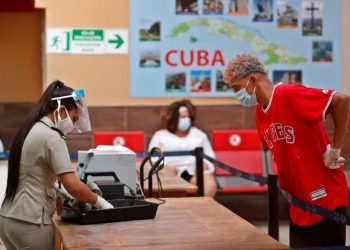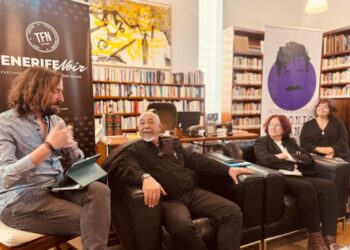Manaca Iznaga:梦想的院子
站在前面刚刚不朽的景观,法国雕刻爱德华多•拉普兰特有着超越那个图像的奇怪的感觉。艺术家已经加入和特罗特立尼人达胡斯托航行,参观了在古巴西部的制糖业,并已制定了类似的场景:吸烟烟囱,通风的房子,地方豪宅和好像消失在工厂肚子里的甘蔗大车。 Manaca Iznaga的痕迹,但是,眼花缭乱的无以伦比的建筑元素:43.5米的塔,在十九世纪初贵族Don Alejo María del Carmen Iznaga 和Borrell命令建立,以避免任何野生动物在他的地方。 法国Laplante没想到,他喜欢的充满19世纪50年代的迷人景色,在随后的几十年几乎变了,今天最有价值的,保存最完整的Valle de los ingenios ,肥沃的地区成了富裕的特立尼达,古巴第三个郊区,自1988年以来,被评为人类文化遗产。 镇定自若和所爱的世界里,很少有历史学家敢于指出的双重作用塔和种,现在是由古巴和外国游客访问量最大的地方,一个地方有趣的是不仅为它的建筑价值和不可否认良好的保存状态,但也因为持有的非物质文化遗产的小村庄散落在他的脚下。






